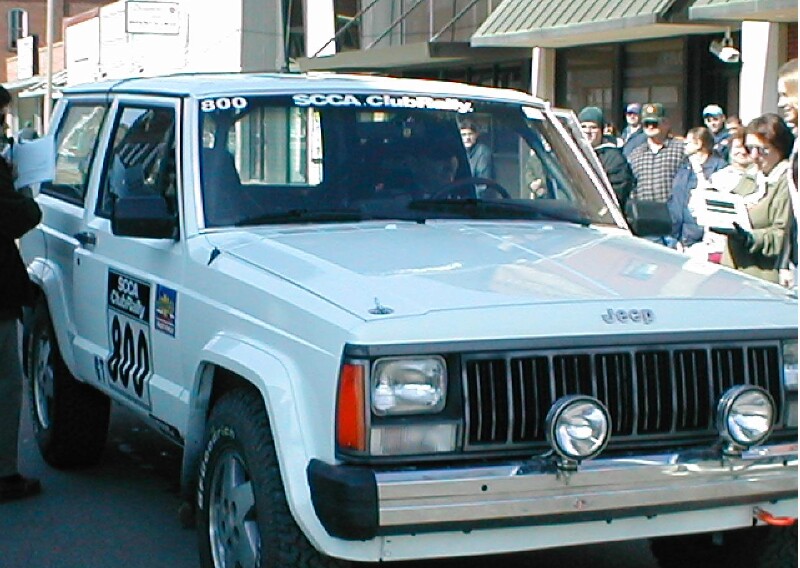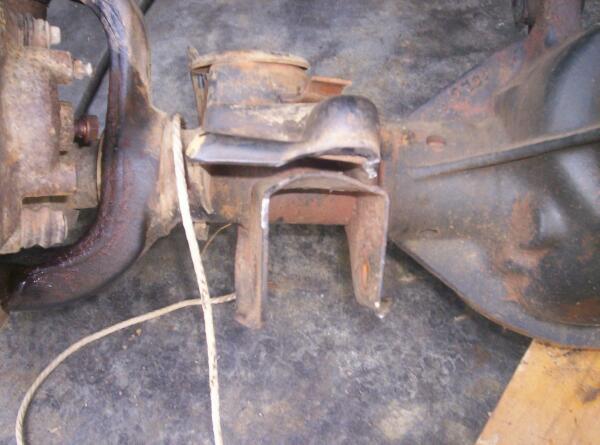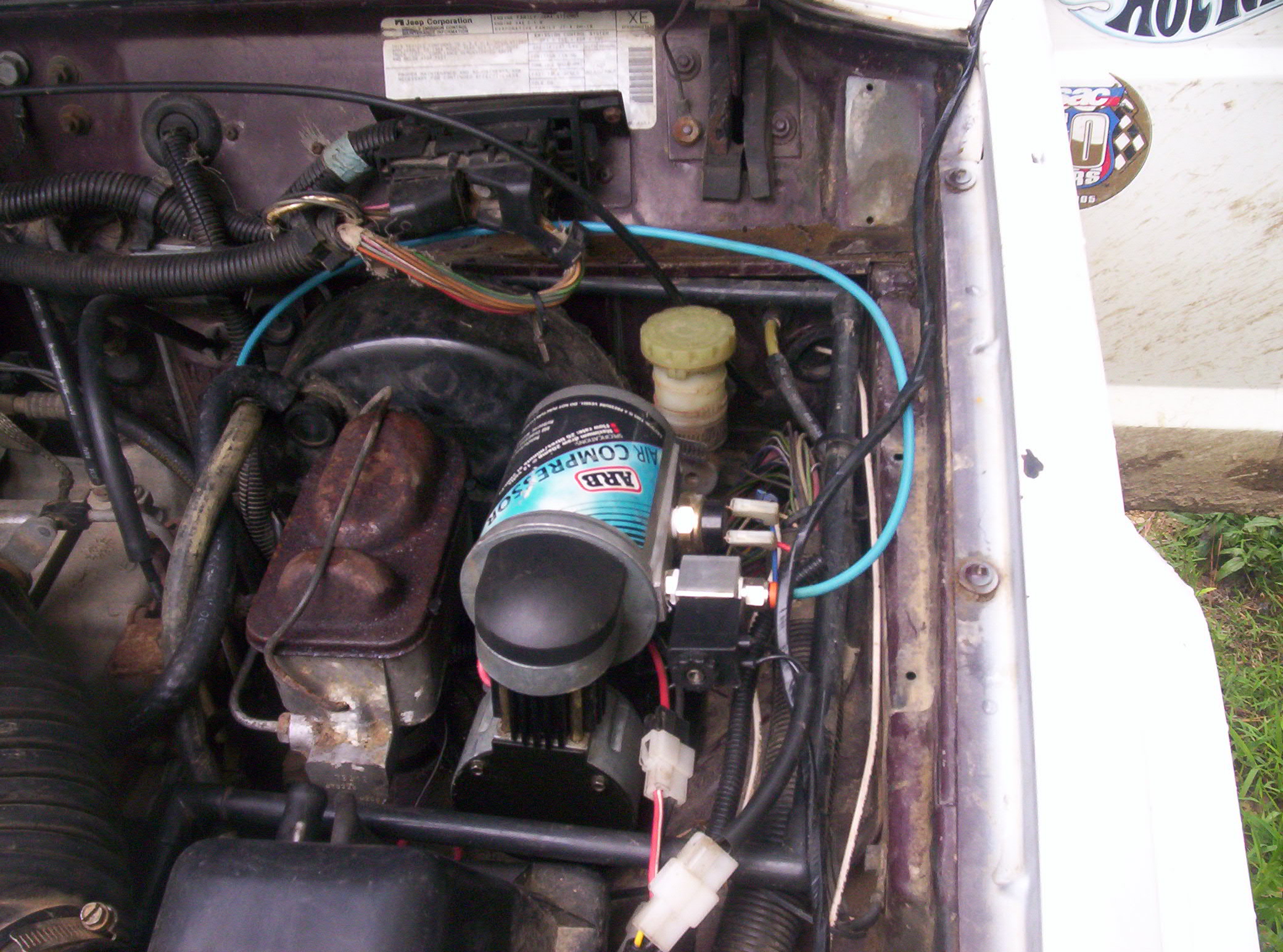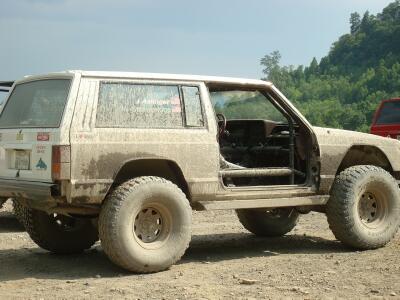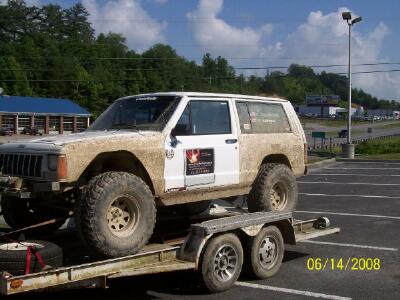A fifth level of safety consciousness. – Creating a safe and productive work environment.
Robert Pater describes four levels of safety culture. These are forced, protective, involved and leadership.
Many of the places I visited during my work as a sales rep for a boiler repair company fell into the first group. Actually maybe there needs to be a lower group as sometimes I saw places where worker safety was completely ignored. In others, the safety policies were forced upon the workers and managers alike. Every one there felt safety was a burden and OSHA was out to shut them down. There was some truth in that, but not for the reasons they felt.
The workers themselves even rebelled against the safety protections because they were forced by the safety police to comply. They felt the PPE and other protections were just another form of repression.
I have also seen many plants that work on the second level. These are the plants that Pater says have a lot of procedures that don’t get followed when no one is looking. I used to work on a plant where one guy actually said in response to a reprimand, “I did not know that was a procedure we were actually supposed to follow.” And he was serious.
In the protective mode, the managers feel they have to impose safety for the employee’s own good. They feel they have to protect them from themselves in spite of themselves. The safety director here is often detached from the work environment and lots of money and effort goes into promoting the flavor of the week safety campaigns. I suspect a lot of the people who come to my web site looking for free safety slogans work in these types of environments.
Next up the scale are the involved plants. These are places that have made a lot of progress in safety and here I usually see a lot of safety teams doing safety stuff. There is probably a safety suggestion program. As Pater points out, these facilities often hit a plateau where improvement is stifled by their previous progress. The last facility I worked at had reached this point. I got really annoyed when one of my workers got injured trying to implement one of the safety suggestions made by the safety committee.
Pater’s summit level is the leadership level. At this level, safety is done by people, for themselves. There is a true belief that all accidents are preventable. Management actively champions safety. The culture is proactive and morale is enthusiastic. There is a real emphasis on engagement and getting everyone as involved as possible.
Plants like this are unfortunately rare. Few ever make it past the involved level as the safety team structure is self limiting. When the safety consciousness evolves to the leadership level, the safety directors and safety teams are no longer needed. The safety ego steps in to protect itself and limits the transition to the higher level.
I would actually love to see a plant that operated at an even higher level of safety consciousness. This would be a creative level. At this level, there would be no conscious thought directed at preventing safety problems because there would not be any to prevent. All procedures would be written to reflect the safest and most efficient way to produce a quality product with minimal adverse effect on the environment. There would be no energy given to preventing accidents. Instead the total focus would be on the desired outcome. In this environment, employees would focus their entire attention on doing theirs jobs well. There would be no thought of injury or pain.
In some ways this level sounds like the sub level one plants; but in practice, it is the complete opposite. In the sub level one safety consciousness, there is not thought given to the well being of the people. In the creative level, the well being of the people involved is the primary concern. At this level, the well being of the people and the facility are the same. People are focused on creating quality product as safely and efficiently as possible.
The most important step in achieving a level five facility is believing that it is possible. The results of the facility will be a vibrational match to the people involved in the process. People that focus on accidents and accident prevention will continue to see accidents. People who believe in a creative safety culture will see an environment where there is no need for safety policies and procedures. The standard operating procedures will instruct employees in the safest, most efficient way to create quality products.
Again, the safety ego of the facility is often the greatest hindrance to achieving this step. Once a facility approaches the creative level of safety consciousness there is no longer a need for safety directors and safety teams. These people have worked themselves out of a job.
However, if their energy and efforts are shifted instead to creating a safe and productive work environment, all will benefit even more. In the lower four levels, the safest way for employees to act is not to work. However this method is not really in the best interest of their overall well being. At the creative level of safety consciousness, employees’ well being is best served by working according to the established work practices and producing quality goods for which they are well paid.
If you would like to learn more about how to transform your safety consciousness to that of creating a safe and productive work environment see http://strawsolutions.com





